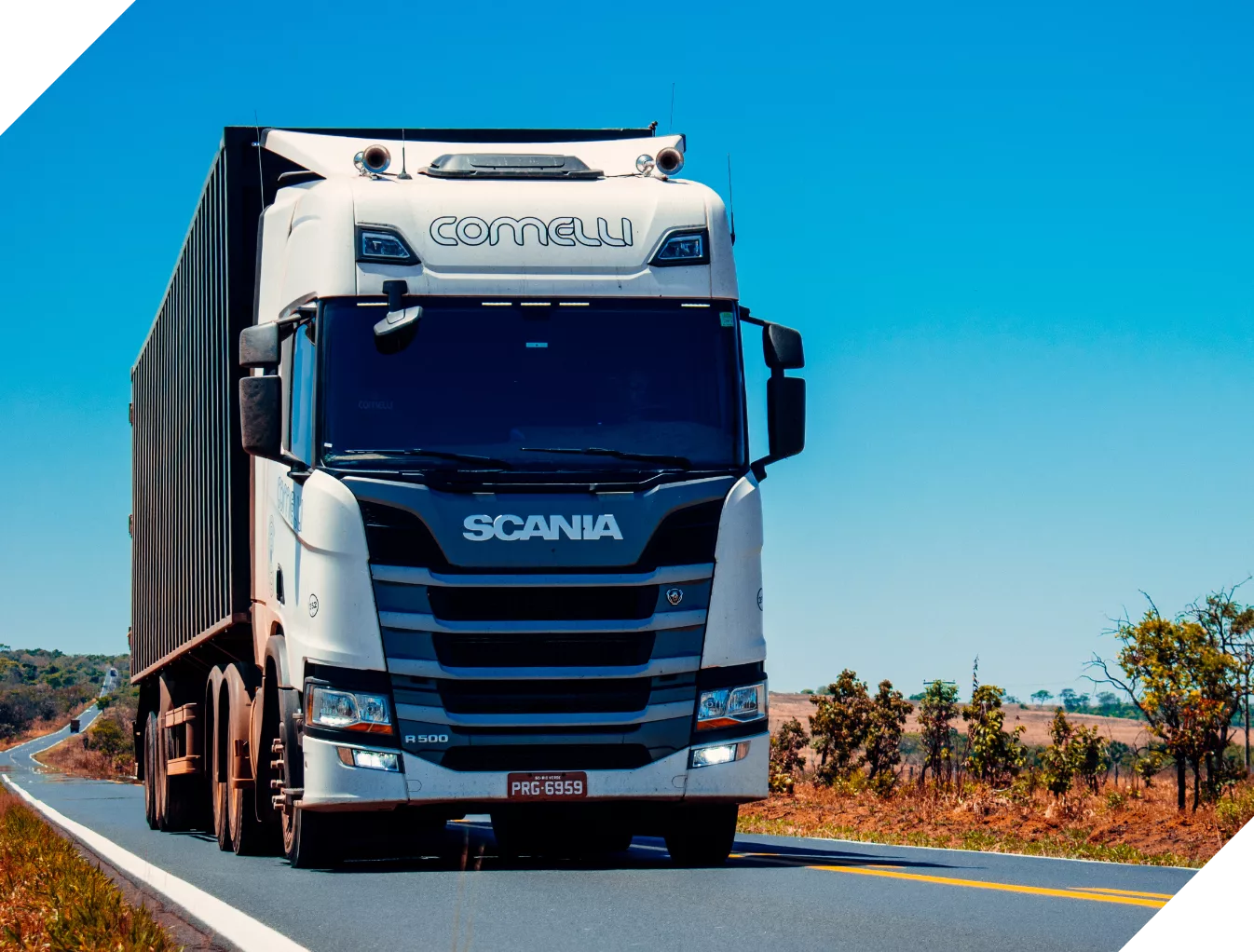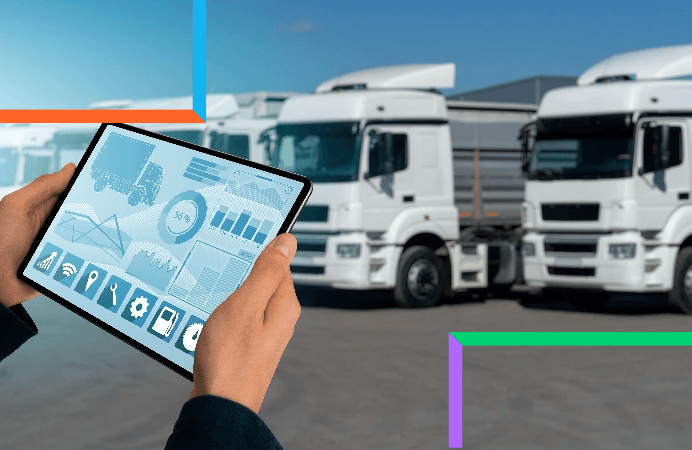What is a Transport Management System (TMS)
A Transport Management System is a subset of the supply chain management (SCM) system that optimizes the outgoing and incoming movement of physical goods throughout the supply chain. It is a logistics platform that enables businesses to plan and execute freight movement. TMS is also referred to as a transportation management solution or transportation management software.
Why do we need a Transportation Management System
The world is moving at a fast pace, and technology is the fuel that is running it. Technology claims a big part of the daily lives of consumers, and their reliance on it is undeniable. Over time, consumers have also become increasingly aware of the options available to them and demand lower prices, greater convenience, and impeccable service. Businesses are left with no other choice but to put the consumer first, and there has been an increased focus on creating agile and responsive supply chains, especially since the pandemic.
E-commerce and on-demand hyperlocal delivery services have seen exponential growth in the US retail sales in the past decade—from $165.4 billion to $517.4 billion—along with increasing pressures from the consumer packaged goods (CPG) industry. Transportation makes up 40-50 percent of the total logistics costs, and the emphasis on fleet management and transportation costs is greater than ever before.
Having sound logistics solutions in place by introducing effective dispatch planning processes and vehicle routing and scheduling can make transport management more efficient and aid businesses in gaining a competitive advantage.
E-commerce US retail sales in 2011-2020
Total eCommerce sales in the U.S. rose to
$517.4 billion in 2018


Why TMS is essential for businesses?
Along with streamlining shipping processes and optimizing transport operations, a TMS brings visibility in daily operations leading to on-time delivery no matter the mode of transportation. Anyone, from manufacturers to third-party logistics providers can use a transport management system.
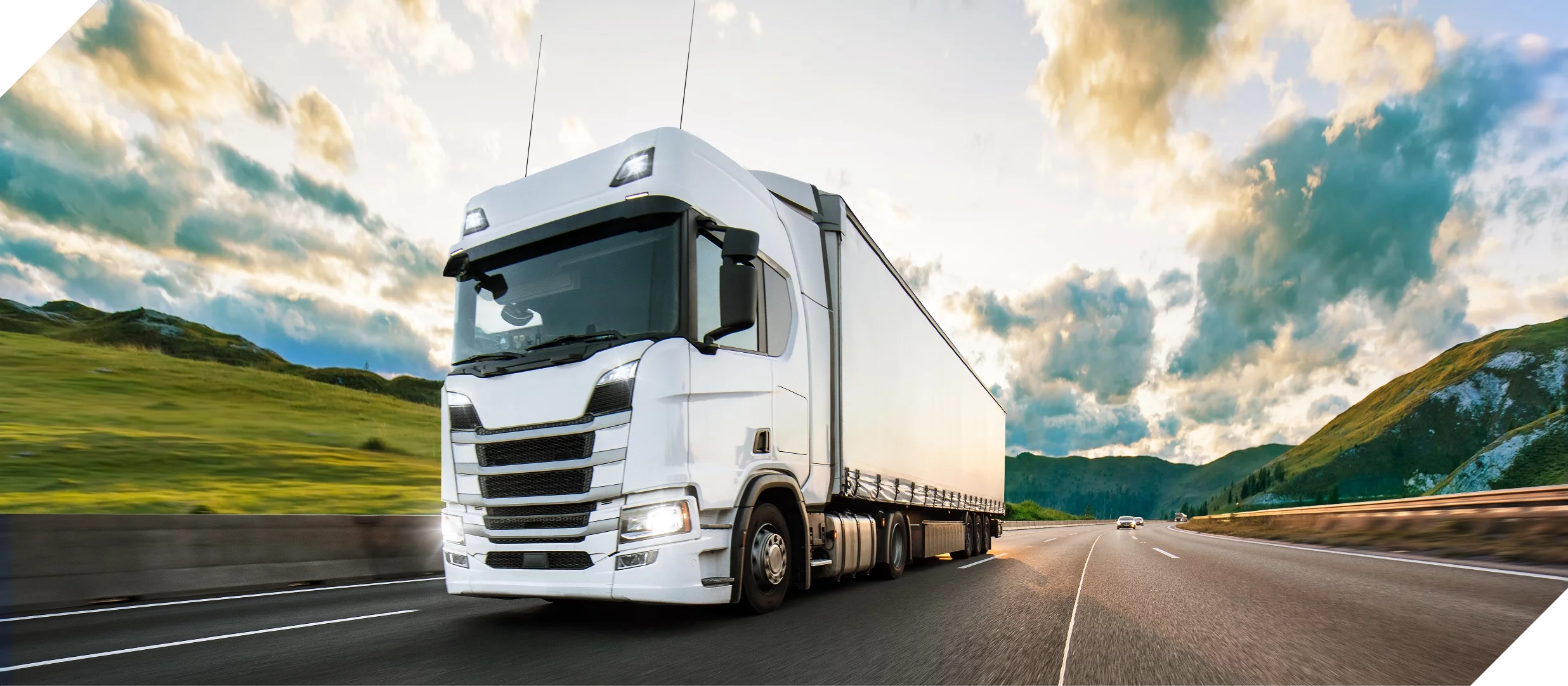
Now that same-day shipping and real-time tracking are no longer a luxury but a basic consumer expectation, a powerful TMS becomes an integral part of a successful supply chain. Greater consumer satisfaction means more returning customers to a flourishing business. A cloud-based transport management system leads to quicker deployments, less time spent in training and installation, better security, and automatic updates.
Want to know how Locus can boost your profits?
The benefits of having a Transport Management System
A TMS can scale businesses by meeting and exceeding customer demands for swift shipments. A Modern TMS has multiple advantages for businesses:
- It simplifies all stages of the supply chain by automating most processes.
- It adds to savings by reducing costs for both businesses and the end customer.
- Fewer manual steps help save time which leads to quicker, on-time deliveries.
- It increases visibility and security, which makes the transit period smooth.
- It helps bring new business insights, thereby making processes faster and more efficient.
- It helps to better customer service and adds to customer satisfaction.
- It provides a single platform to track freight, both on local and international levels.
- Businesses scale faster as a result of happy customer experience.
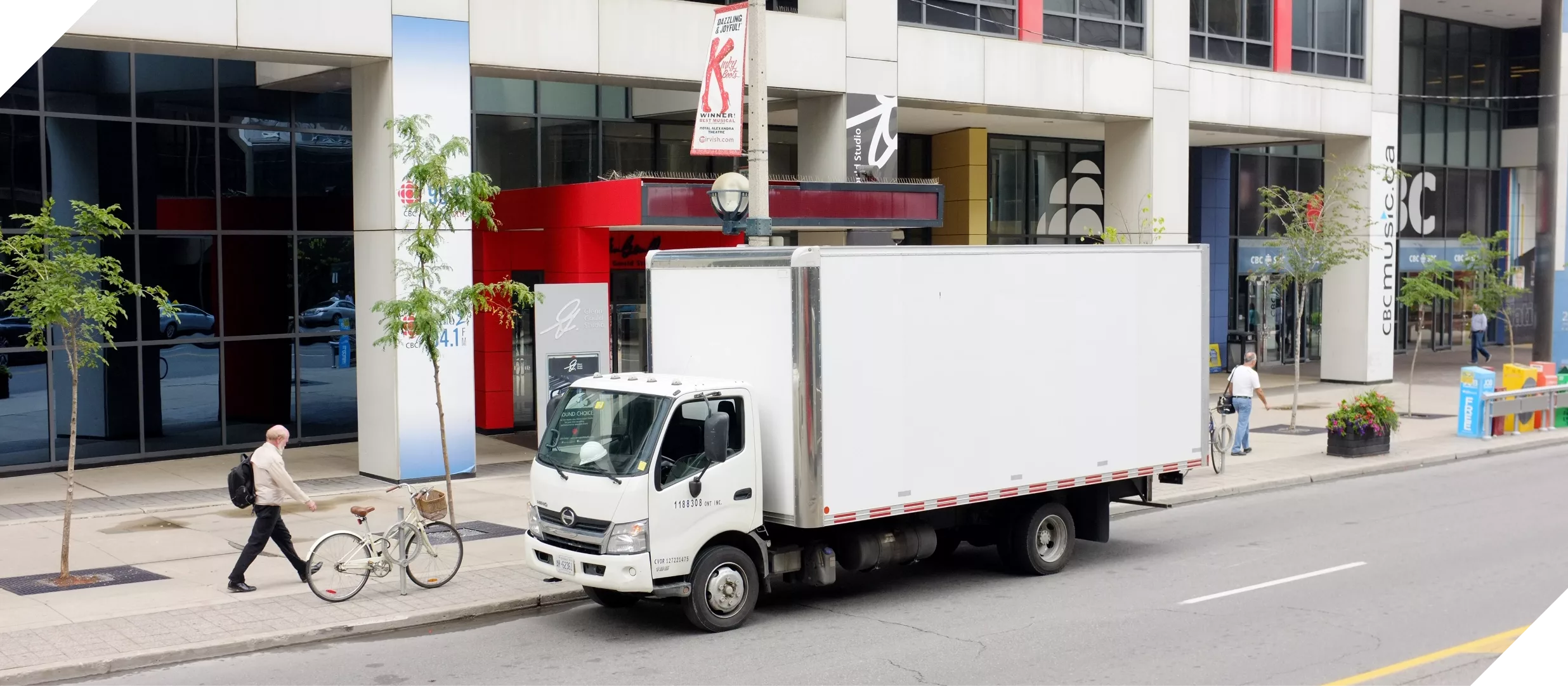
The additional advantages of having a cloud-based TMS solution include:
- The freedom to work from anywhere in the world without being physically present as secure remote access is available to the entire staff.
- One does not have to purchase computer hardware equipment to host the system as it can be taken care of by the software vendor.
- As businesses evolve, the TMS evolves with them by taking into account the changing needs of businesses.
- Businesses don’t need the technical know-how to manage their IT systems since it is the vendor’s responsibility to enable updates.
In other words, a transport management system is responsible for a well-functioning supply chain. There is an array of applications and information systems for transport logistics and motor transport in today’s age. The variety is so overwhelming that it is easy to assume that we live in a digital era of welfare, where sustainability and prosperity of a business go hand in hand. The reality is far from this, though, as the deployment of such solutions is slow and a change in strategies in the transport service market is no easy task.
While most businesses understand the importance of a transport management system, many still stick with the traditional solutions that are not adept at dealing with modern supply chain challenges. Add to this the pandemic, and the need for greater speed, efficiency, and visibility has increased exponentially. Customer reigns supreme, and businesses are devoted to pleasing, and this trend is not changing anytime soon.
As customers flock online to make purchases, enterprises need to up their game to keep up with the rising market competition. TMS is not just a standalone internal piece of software anymore, but a complex system that connects both internal and external databases, that ensures smooth flow of a product from its nascent stages till the time it reaches the customer. The need of the hour is a modern Software-as-a-Service TMS that not just plans, executes, and manages supply chain processes better, but also makes the supply chain resilient in the long term.
The evolution of vehicle routing - A brief history
However important technology’s role may be in transport management, it remains relatively new to the supply chain industry. Transport was being managed manually even until 2010. Despite the existence of tracking systems for several decades, the visibility of consignments remained a challenge.
This complex optimization challenge is known as the vehicle routing problem (VRP) and it involves finding the most optimal routes and schedules for fleets while minimizing costs. By solving this problem, businesses can optimize their logistics processes, save money, and ensure timely deliveries, ultimately leading to happier customers.
The advent of smartphones has significantly changed this landscape by providing cost-effective and accessible applications. This shift has led to a revolution in vehicle routing and optimization. To understand the evolution of vehicle routing, we can divide it into the following key components:
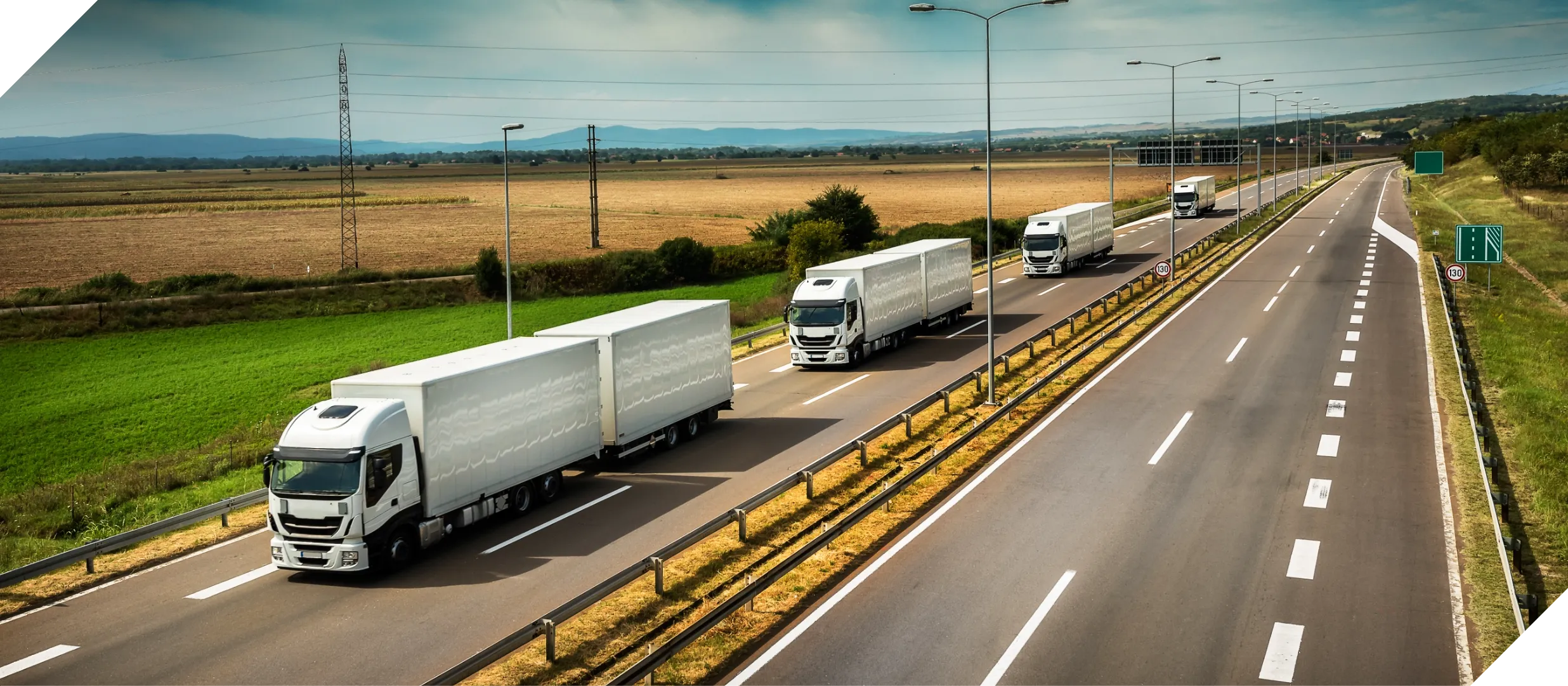
-
Static or Predictive Routing
-
The first phase of technology following the era of manual planning was led by Computerized Vehicle Routing and Scheduling Systems or CVRS. Details of the route could be determined with the help of forecasting techniques by studying historical data. Static routes, printed maps, and electronic reports enabled businesses to do all dispatch-related planning for drivers and other assets. This was far from being a completely automated system, but it made manual planning easier by introducing a feedback loop.As expected, CVRS became hugely popular as they quickened the planning process, leading to better utilization of vehicles. A basic map interface support helped bring route-building capabilities as well. This did not mean that there were no drawbacks to the system. Dedicated personnel was required to operate the system and generate plans, and it took a long time to break even due to expensive system installation and implementation. Small businesses could not afford it.
-
Dynamic or Reactive Routing
-
Supply chains turned more global and complex around the year 2005. Satellites and cell phones came into the picture, and dynamic routes helped businesses come up with more flexible logistics models. The planner and the driver could now communicate with each other, and the Global Positioning Technology (GPS) system was newly introduced.CRVS were still pretty expensive with long implementation cycles, and not everyone could afford them. Traffic, demand fluctuations, and operational constraints would often render static routes obsolete. There was a need for routing systems to be less predictive and more reactive when handling business constraints. Around this time, Software-as-a-Service (SaaS) based models started emerging that provided vehicle routing solutions even for small fleet owners.
-
End-to-End Visibility, Real-time Tracking, and Dispatch Execution
-
Close to 2010, the mandate about the Electronic Logging Device (ELD) fell into place, and electronic devices for trucks were in demand. Real-time tracking and telematics took over, and GPS-based live fleet tracking, proof of deliveries, idle-time recorder, and real-time data transfer came into play. Live dashboards helped view real-time Expected Times of Arrival (ETA), any traffic deviations, and the weather conditions. This was also the time when TMS came into existence which changed the route planning process forever.
-
Artificial intelligence
-
As the e-commerce boom happened, the consumer turned king. Omnichannel fulfillment came into the picture, direct-to-consumer distribution and crowdsourced logistics changed the all-mile distribution game. Transport modeling capabilities were brought about by AI-based algorithms, 3D load building, and packing engines. Dynamic rerouting, automatic correction of delivery addresses, more accurate calculation of transportation lead times, and ETA are all a result of sophisticated AI-based algorithms.
Resources

Case Study
How to increase operational efficiencies in E-commerce
With E-commerce becoming more complex, thanks to increasing customer demands, it is imperative to increase operational efficiencies across all-miles.
Read moreWhitepaper



